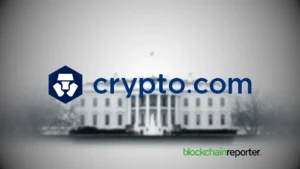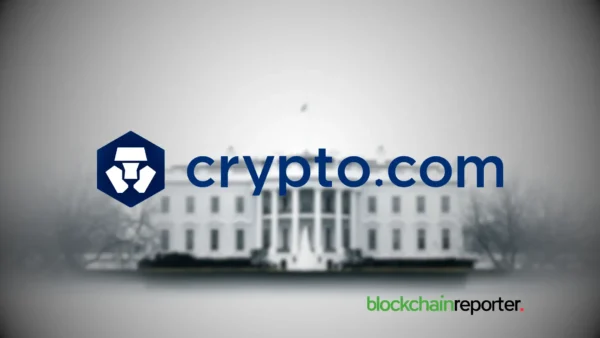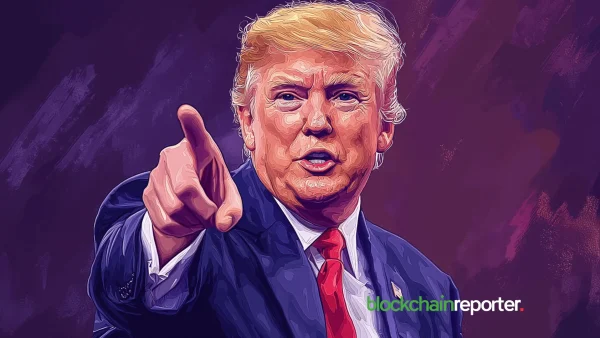
The application of artificial intelligence (AI) is becoming increasingly widespread across a wide variety of business sectors as the technological landscape continues to undergo rapid transformation. The realm of cryptocurrencies is one sector in which AI is having a particularly significant impact. OpenAI had just announced the release of GPT-4, the most recent version of their artificial intelligence model for natural language processing called ChatGPT. In this article, we will explore GPT-4 in great detail and look into the potential implications that it may have on the world of cryptocurrencies.
What is GPT-4?
GPT-4 is the fourth iteration of OpenAI’s natural language processing model, which is designed to generate human-like language. It uses deep learning algorithms to analyze large datasets and generate text that is indistinguishable from text written by humans. GPT-4 is expected to be even more powerful than its predecessor, GPT-3, which has been hailed as a major breakthrough in AI technology.
GPT-4 represents a significant step forward in the field of natural language processing. OpenAI founder Sam Altman has stated that GPT-4 will have implications for the entire crypto industry, as well as a wide range of other industries. One of the key features of GPT-4 is its ability to generate human-like language. This is achieved through a neural network that has been trained on vast amounts of data, including books, articles, and other written content.
The model is able to analyze this data and generate text that is similar to human language in terms of structure, grammar, and syntax. GPT-4 also has the ability to learn from its mistakes. This means that as it generates text, it is able to identify errors or inconsistencies and adjust its output accordingly. Over time, this will result in a model that is increasingly accurate and efficient at generating human-like language.
How Does GPT-4 Work?
GPT-4 uses a neural network to analyze large amounts of data and generate text that is similar to human language. The neural network consists of multiple layers, each of which processes information in a different way. The first layer processes the raw input data, such as text or images, and then passes it on to the next layer for further processing. This process continues until the final layer, which produces the output text.
One of the key features of GPT-4 is its ability to learn from its mistakes. When the model generates text, it is compared to a known dataset of human-written text. If there are errors or inconsistencies, the model is able to learn from them and adjust its output accordingly. This means that over time, GPT-4 will become increasingly accurate and efficient at generating human-like language.
The launch of GPT-4 has been welcomed by the crypto industry, with many enthusiasts eager to explore its potential applications. NFT fans, in particular, have been experimenting with the model’s art tools, which allow users to generate digital art that is similar in style to the work of famous artists. This has led to a wave of interest in NFTs and their potential as a new form of digital art.
Implications for the Crypto Industry
The release of GPT-4 has significant implications for the world of cryptocurrency. One potential application of GPT-4 is in the area of automated trading. Currently, many cryptocurrency traders use bots to execute trades based on predefined rules. However, these bots are often limited by their inability to understand and interpret human language. GPT-4 could change this by providing bots with the ability to interpret news articles, social media posts, and other sources of information that could impact the value of a cryptocurrency.
Another potential application of GPT-4 is in the area of sentiment analysis. Sentiment analysis is the process of analyzing social media posts, news articles, and other sources of information to determine the overall sentiment toward a particular cryptocurrency. This information can be used to make informed trading decisions. GPT-4’s advanced natural language processing capabilities could make sentiment analysis more accurate and efficient, leading to better trading decisions.
GPT-4 could also be used to improve the accuracy of price predictions for cryptocurrencies. Currently, price predictions are often based on technical analysis or fundamental analysis. However, GPT-4 could potentially analyze a wider range of data sources, such as news articles, social media posts, and even weather patterns, to generate more accurate price predictions.
However, there are also concerns about the implications of GPT-4 for the security of blockchain and decentralized finance (DeFi) protocols. These protocols are still relatively new and are constantly being tested and refined. There is a fear that GPT-4’s advanced natural language processing capabilities could be used to exploit vulnerabilities in these protocols, potentially leading to significant financial losses for investors.
Despite these concerns, there is no doubt that GPT-4 represents a major leap forward in AI technology. Its advanced natural language processing capabilities have the potential to revolutionize a wide range of industries, including finance, healthcare, and education. As the model continues to develop and evolve, it is likely that we will see even more innovative applications of this groundbreaking technology.
In addition, to address these concerns, it is important for blockchain developers and other stakeholders to take a proactive approach to security. This includes implementing strong authentication and encryption protocols, conducting regular security audits, and educating users about the risks of phishing and social engineering attacks. Additionally, blockchain developers may need to explore new approaches to security that leverage advanced AI models like GPT-4 to detect and prevent attacks before they can cause damage.
Final Thoughts
The release of GPT-4 represents a major breakthrough in the field of artificial intelligence. Its advanced natural language processing capabilities have significant implications for a wide range of industries, including cryptocurrency. GPT-4 could potentially be used to automate trading, improve sentiment analysis, and generate more accurate price predictions. As GPT-4 continues to develop and evolve, it is likely that we will see even more innovative applications of this groundbreaking technology.









